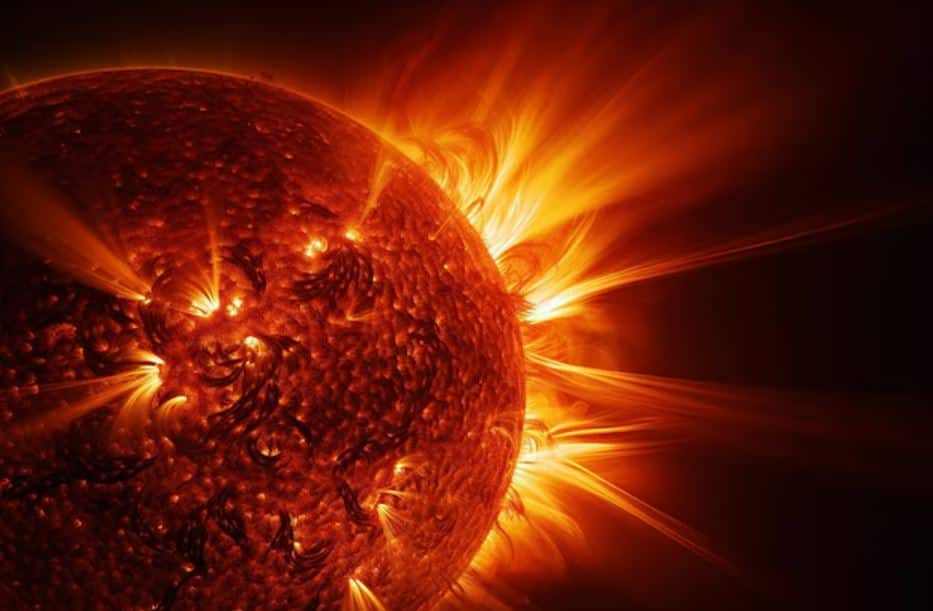Three Satellites Crash After Solar Activity Disrupts Orbit Just Two Months Post-Launch
Initially designed to last six months, their premature re-entry was caused by heightened solar activity, showcasing the growing challenges of space operations.
- Three satellites burned up in Earth’s atmosphere just two months after their launch
- Solar phenomena such as sunspots and solar flares play a significant role in disrupting satellite operations
- The increased solar activity is a mounting concern for satellite operators globally
Trending Photos
) Pic Credit: Freepik
Pic Credit: Freepik Three satellites from Curtin University’s Binar Space Program—Binar-2, 3, and 4—burned up in Earth’s atmosphere just two months after their launch. The incident, which occurred in early November, underscores the increasing impact of solar activity on satellite missions worldwide.
These CubeSats were initially designed for a six-month mission focused on scientific testing and system validation. However, heightened solar activity hastened their orbital decay, leading to their early re-entry. The satellites’ name, “Binar,” meaning “fireball” in the Noongar language, became an ironic nod to their fate in low Earth orbit.
The Role of Solar Activity in Orbital Decay
Solar phenomena such as sunspots and solar flares, which stem from fluctuations in the Sun’s magnetic field, play a significant role in disrupting satellite operations. Solar activity follows an 11-year cycle, peaking during solar maximums, when heightened activity increases the density of Earth’s upper atmosphere. This denser atmosphere creates greater drag on satellites, accelerating their orbital decay.
While Binar-1, launched in 2021, remained operational for 364 days under milder solar conditions, its successors faced a far more volatile solar environment. This difference highlights the impact of changing solar cycles on satellite longevity.
“The loss of Binar-2, 3, and 4 underscores the growing challenges posed by solar cycles,” said a spokesperson for the Binar Space Program. “It highlights the importance of advancing forecasting techniques to better predict and mitigate the impacts of solar activity on satellite missions.”

(Photo Credit: Curtin University)
The Global Challenge of Solar-Induced Drag
The increased solar activity is a mounting concern for satellite operators globally. Both small-scale CubeSat missions and larger, more sophisticated spacecraft are vulnerable to solar-induced drag. Experts emphasize the need for improved shielding and enhanced maneuvering capabilities to counter these effects.

Addressing Solar Activity Through Advanced Research
India’s Aditya L1 mission is an example of efforts to understand and predict space weather influenced by solar activity. Additionally, the Indian Space Research Organisation (ISRO) is set to launch Europe’s Proba-3 mission, which will create artificial eclipses to study the Sun’s corona in greater detail. Such initiatives aim to improve forecasting and enhance the durability of space missions against solar disruptions.
Stay informed on all the latest news, real-time breaking news updates, and follow all the important headlines in india news and world News on Zee News.
Live Tv







)
)
)
)
)
)
)
)
)
)
